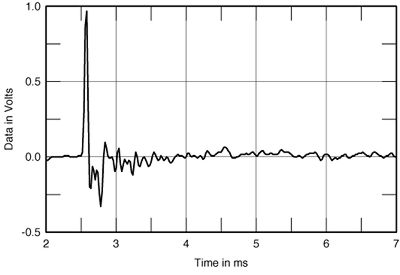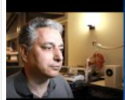Recently a company rep claimed that we don't need high resolution measurements of frequency response. And that measuring speaker distortion without anechoic chamber is useless. I thought I address this with a deeper dive as to how we fundamentally measure frequency response and distortion, covering the three common methods. I then show the application of high-resolution measurements to diagnosing deficiency in design and performance of speakers (and headphones).
Sorry, I don't have a text version of this so you have to suffer through the video. You can speed it up and get through it in 20 minutes.
You can speed it up and get through it in 20 minutes.
Sorry, I don't have a text version of this so you have to suffer through the video.




